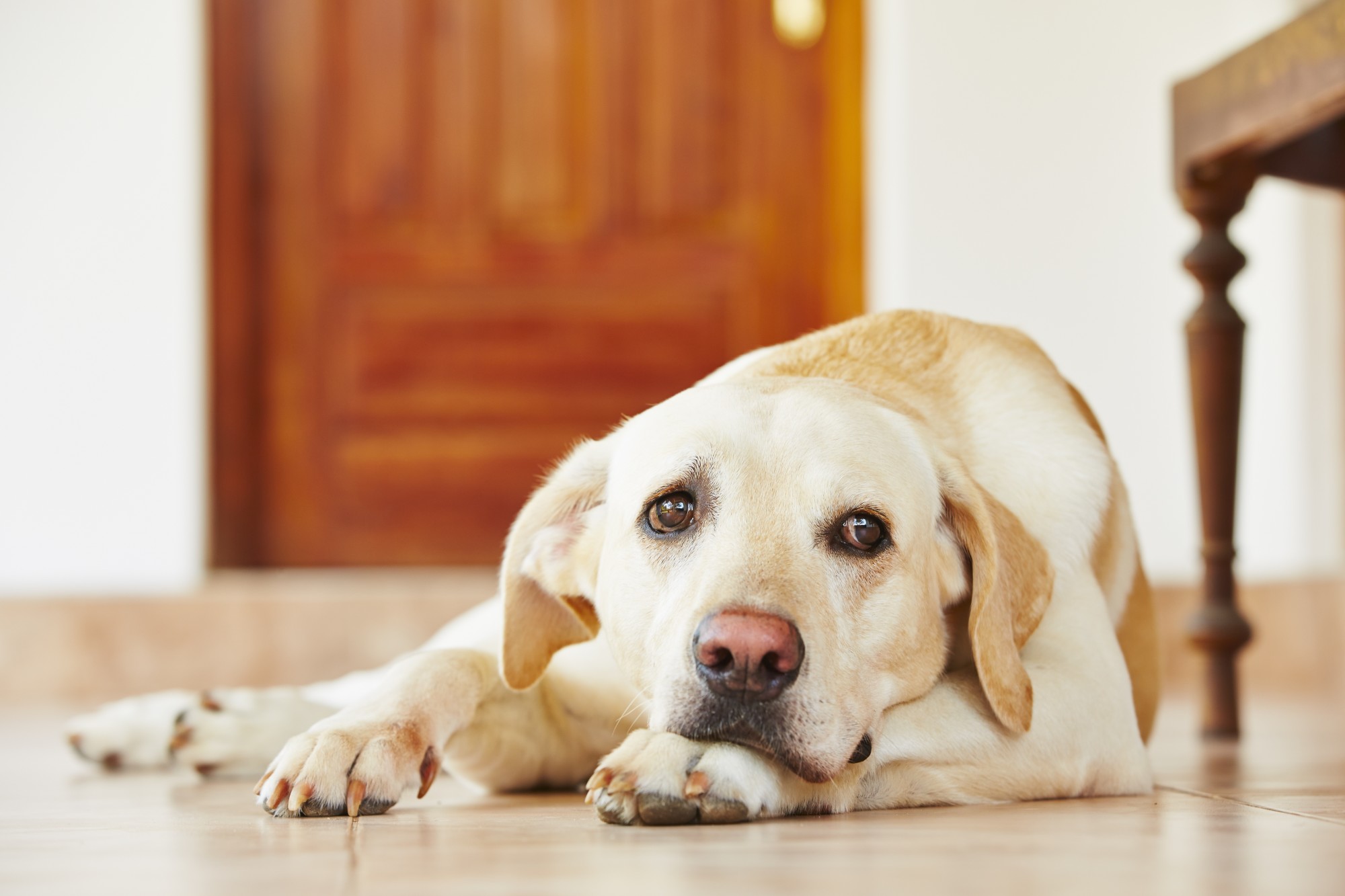Dog Separation Anxiety: What It Means and How to Cure It

Separation anxiety in dogs is not uncommon, but managing it is not easy.
Is your dog suffering from separation anxiety? It can be a severe condition for not just your dog but for you too. But what is separation anxiety in dogs? How do you know if your dog has this condition?
Separation anxiety in dogs is a severe condition that requires you to take action. To prevent your dog from becoming agitated and suffering. If left untreated, even in small degrees, it could widen with various negative consequences.
We get into detail about what dog separation anxiety is and how to cure it in this article!
Signs and Symptoms
Dogs are social animals who form loving bonds with their humans. Unfortunately, this bond can cause problems when the dog is away from its owner, leading to anxiety, depression, and loneliness. It is known as separation anxiety.
Symptoms of dog separation anxiety include pacing and whining, destructive behavior, excessive panting or drooling, urinating, defecating in the house, and excessive barking, among others. Some dogs may also pace and circle to ease their stress.
An anxious dog may also appear clingy and attached. The dog follows its owner from room to room or struggles to be near them. If your pup exhibits any of these behaviors, it’s likely a sign of separation anxiety. Recognizing these signs and symptoms as soon as possible is essential to begin treatment.
Knowing the signs and symptoms of separation anxiety in your dog can help you find the right solution. Visit Rob’s Dogs to learn the behavior signs of separation anxiety and help you craft a solution to ease the problem.
Robs Dogs offers many treatments, such as clicker training, desensitization, and treatment plans. It can help to re-introduce your pet to its new environment. It is possible to manage separation anxiety in your pup.
Causes
Dog Separation Anxiety is a behavior problem usually seen in dogs when they become excited and apprehensive when their owners or family members leave.
Dog Separation Anxiety is a problem caused by dogs feeling distressed when separated from their owners or other family members they have spent a significant amount of time together.
The problem is due to a lack of proper dog training, sudden environmental changes, or even illness. It is important to note that dogs suffering from separation anxiety can become destructive. They can be dangerous for themselves and their environment.
Treatment
Treatment is key to managing dog separation anxiety. As owners, providing reassurance and structure is essential. They can create an environment where the dog can identify safety and acceptance regardless of location.
Desensitization and counterconditioning techniques can ease anxiety, including dog training exercises and distractions. Activities such as teaching the dog to sit, stay and respond to their name when their owner leaves the house help them to relax in the owner’s absence.
Establishing a secure and reliable routine while owners are home and away can also be beneficial. Giving toys, such as Kongs or chews, to the dog to occupy them can provide a distraction until their owner returns. Providing a safe space for the dog, such as a crate, can promote relaxation for a dog experiencing anxiety.
The Help of a Trained Professional or Animal Behaviorist
When a dog experiences separation anxiety, it can be difficult and emotionally draining on both the owner and the pet. A trained professional or animal behaviorist can help elicit the underlying source of the anxiety. And guide how to manage it properly.
It can include advising on how and when to leave the pet alone and providing guidance on creating a safe and comfortable environment for the pet during separation. It also offers tips on how to properly and effectively use positive reinforcement.
Additionally, behavior modification techniques can help the dog better cope with the events surrounding separation.
With the help of a trained professional or animal behaviorist, owners can learn the tools to select and implement the best approach to manage their dog’s behavior. It allows them to remain calm and thrive together.
Prevention of Dog Separation Anxiety
Prevention of dog separation anxiety comes down to establishing a pattern of good behavior. It can include proper training and ensuring the pet feels comfortable knowing its owner may need to leave temporarily. And ensuring that the pet has sufficient physical and mental stimulation while the owner is away.
A pet should understand that it is okay to be alone sometimes and expect change to happen. It provides toys, chews, and other fun activities while the owner is away. That can help create a sense of safety and security in the pet’s environment.
Additionally, it is essential to introduce changes gradually and provide plenty of comforting physical contact and verbal approval, like praising. Consistent reinforcement of these positive behaviors paired with regular departures and arrivals can help establish an understanding. The owner is not leaving permanently, and it is safe to stay alone without becoming anxious.
Have Happier Dogs
Dog separation anxiety can be troublesome for the dog and the pet parent, but help is available. Many remedies are available to treat this condition, such as behavior modification, anti-anxiety medications, or natural treatments.
By understanding the symptoms and causes, you can better help and improve your pet’s condition. Contact your veterinarian for advice and treatment if your pet shows separation anxiety.
Want to learn more about what dogs need from you to overcome separation anxiety and have happier lives? Check out our articles and let your puppy know it’s not alone.




























